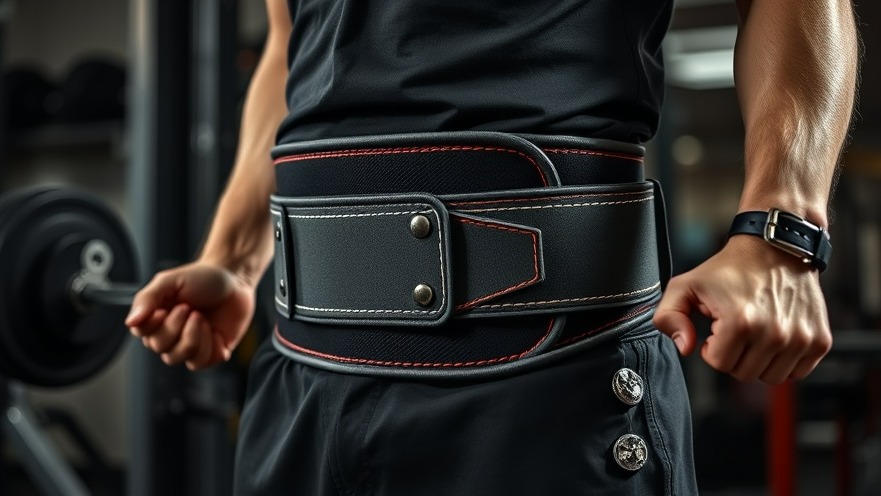
Understanding the Role of a Weightlifting Belt
For those dedicated to the barbell lifestyle, the weightlifting belt is more than just an accessory; it’s a vital component of efficient lifting. Many newcomers may mistakenly believe that these belts provide protection against injury, but their true value lies in enhancing performance. With the right belt, weightlifters can brace their core effectively, allowing them to lift heavier weights and improve their overall strength.
Why You Need to Choose the Right Belt for You
Belts come in various shapes and sizes, designed to meet different needs. If your regimen includes heavy lifts like squats, deadlifts, or Olympic lifts, investing in a quality weightlifting belt can significantly impact your progress. However, it’s crucial to recognize that no two lifters are the same; thus, the right belt for one person may not suit another. The decision on which belt to buy often comes down to personal preference, style of lifting, experience, and comfort.
Exploring My Favorite Types of Weightlifting Belts
After years of lifting, I’ve developed a preference for a few specific types of belts. First up is the 4-Inch Velcro Belt. This versatile option is both affordable and user-friendly, ideal for beginners who are just getting started on their strength journey. My go-to choice is from 2Pood, a brand favored by Olympic lifters and CrossFit enthusiasts alike. The velcro features allow for quick adjustments, making it easy to put on and take off between sets.
Next, I favor the Leather Weightlifting Belt. A solid, genuine leather belt like my maroon Pioneer model provides exceptional support once you’re lifting serious weight. With its sturdiness and durability, a well-chosen leather belt can last for years, becoming an indispensable part of your lifting gear.
Lastly, there’s the Lever Belt. This type may be a bit advanced for beginners, but it truly shines for serious lifters. Lever belts offer quick adjustments to achieve the perfect fit. This convenience allows you to focus on your lifts without worrying about your belt slipping, which can often happen with Velcro or prong belts.
When Should You Invest in a Weightlifting Belt?
If you are currently lifting without one, you may be wondering when is the right time to make this investment. There’s no strict rule about this — it largely depends on your lifting frequency, intensity, and personal goals. However, if you’re consistently pushing your limits and performing big lifts, now might be the opportune moment to consider getting one.
Common Myths Surrounding Weightlifting Belts
Despite their effectiveness, several myths still surround weightlifting belts. One is that they prevent injury, which is misleading. While they do help stabilize the core, heavy lifting should always be approached with proper technique and training. Belts won’t compensate for a weak core or poor lifting habits. Instead, they are tools to enhance your lifting technique and performance. It’s advisable to learn how to brace your core without a belt first; then, once proficient, the belt can enhance your lifting experience.
Final Thoughts on Choosing Your Weightlifting Belt
Choosing the right weightlifting belt is an essential step in your lifting journey. Whether you opt for a versatile Velcro option, a durable leather model, or an adjustable lever belt, what’s most important is that it suits your lifting style and comfort. As you progress in your fitness journey, understanding the tools available to you can help maximize your performance and achieve stronger lifts.
If you’re eager to take your lifting to the next level by investing in a weightlifting belt, be sure to consider what feels right for your training style and personal preferences. Start exploring options, and who knows? The right belt could be the difference-maker in your next set of heavy lifts.
 Add Row
Add Row  Add
Add 




Write A Comment